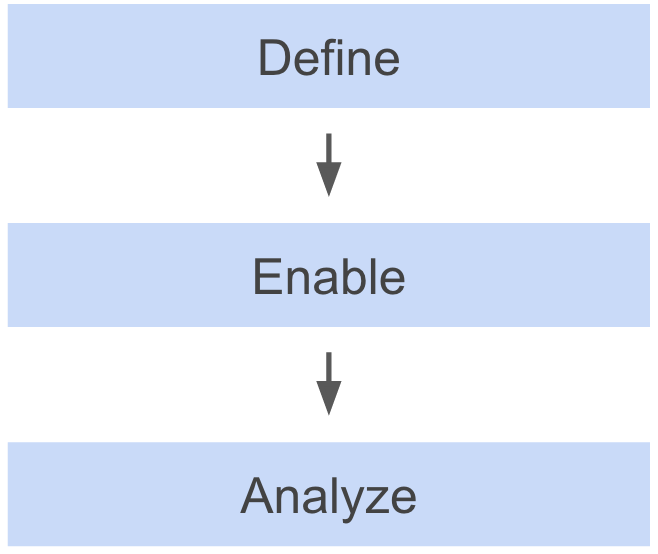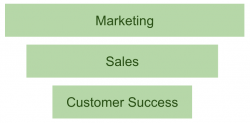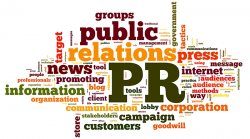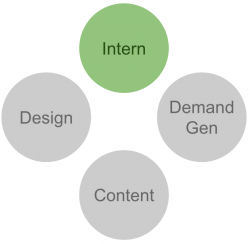 This is article #19 out of 50 in The Startup Marketing Playbook.
This is article #19 out of 50 in The Startup Marketing Playbook.
A B2B marketing organization typically has two core functions: demand generation and product marketing. Put simply, product marketing is responsible for 3 things:
- Define messaging, positioning and value propositions (the story)
- Enable the sales team with collateral, training, and go-to-market strategy
- Analyze market, competition, product and customer data to unlock insights
Let’s dig into each of these responsibilities to gain a better understanding of product marketing.





